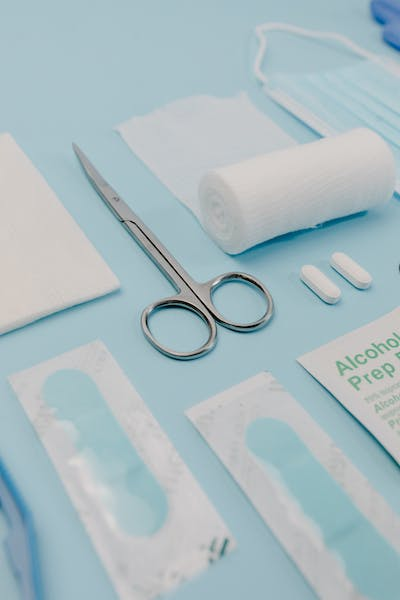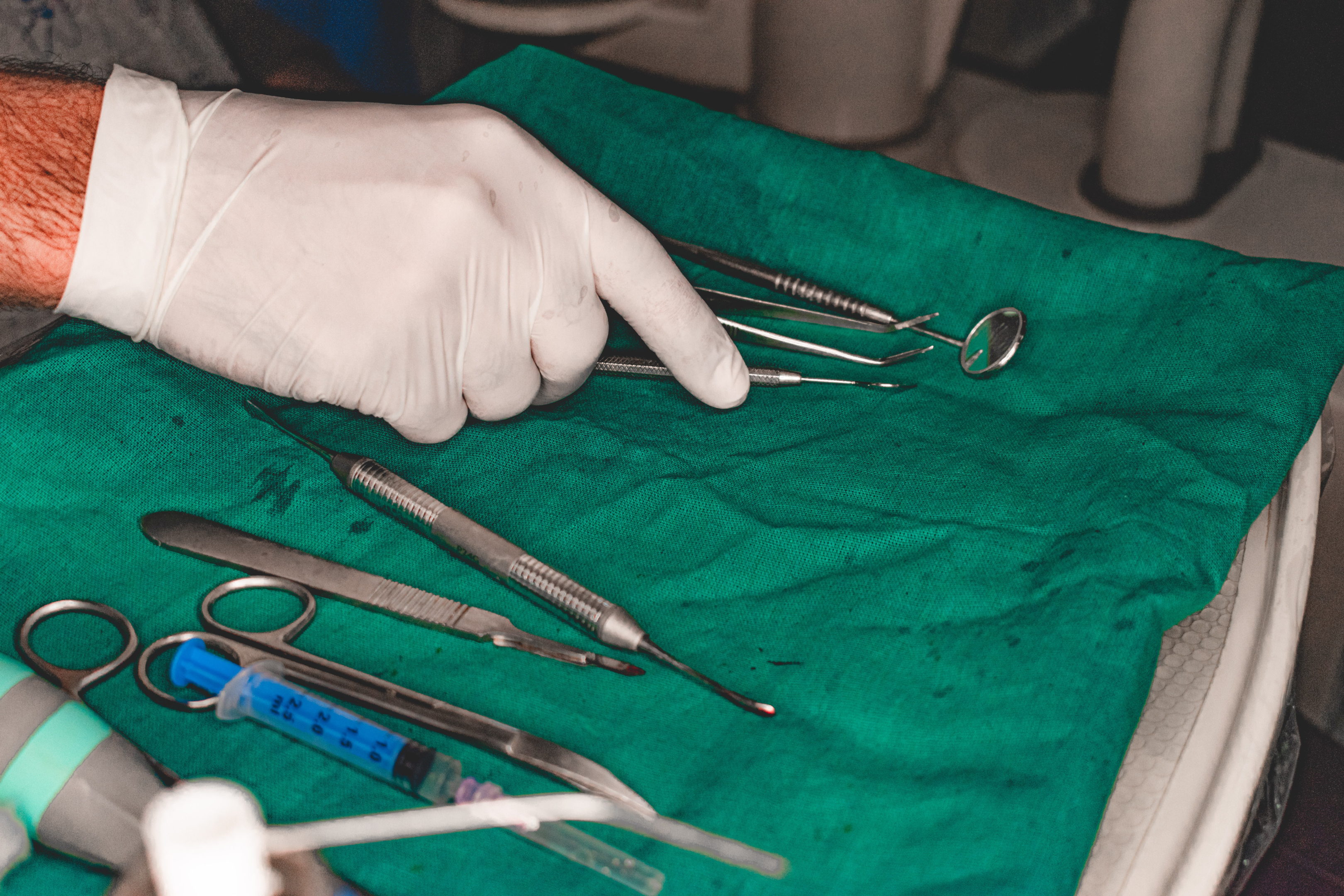Open wounds are very common, and hence it is important for everyone to know the basic treatment of open wounds at home. Both natural remedies and medical treatments are available to treat open wounds, so you can choose depending on your preference.
In today’s article, we will be discussing some of the treatments for open wounds which you can bring into practice in case of severe pain or an emergency. Let’s get into the detail.
What Is An Open Wound?
Any internal or external injury that leaves your tissue exposed to the external environment is termed an open wound. These wounds are different than closed wounds in which bleeding or tissue damage is under the skin. Having such a wound that doesn’t heals completely can put the risk of infection.
Types Of Open Wounds Along With Their Healing Process
In this section, we will be discussing some major types of open wounds, so let’s get going.
Laceration
If you see a deep opening or tear in the layer of your skin, it’s most probably a laceration. With lacerations, there is a high risk of significant bleeding, and lacerations can be due to cuts from sharp objects like knives, machinery, or others.

- At Home Wound Treatment – Lacerations can be treated at home by applying direct pressure to minor wounds using sterile dressing like gauze.
- Dermabond – You can see a doctor who might use Dermabond which is a glue that holds minor wounds together.
- Steristrips – For large open wounds, your doctor might suggest stitches. Steristrips, which are adhesive bandage, can also be used to treat a clean, shallow wound.
- Staples – If you have a wound near your neck, buttocks, or torso region of your body, your doctor might recommend getting the wound cleaned with a saline solution or iodine and then shutting it up with a staple.
Puncture Wounds
A puncture is when the outer layers of the soft tissue of your body get small hole like wounds caused by splinters or needles. Your doctor might prescribe antibiotics to prevent bacterial infection, an antibiotic cream to apply and cover the wound to prevent infection. If you feel pain or bleeding or any signs of infection, seek for medical assistance immediately.
Incision
Any clean, straight cut to your body is an incision. This is a part of many surgical treatment options, like in diabetic foot ulcers but can be due to a sudden injury too. Deep incisions may need stitches and hence require medical care and attention.
Treatment – A vascular surgery also begins with incision. Wound care involves keeping wound clean using alcohol based skin antisepsis . It may take up to 2 weeks for your skin to heal. If there is little progress in your wound healing, alternative wound treatment such as hyperbaric oxygen therapy may be considered.

Abrasion
Skin rubs or road rashes are examples of abrasion, which occur when your skin is rubbed against a rough surface. Using alcohol or hydrogen peroxide for an abrasion wound can interrupt with the wound-healing process and lead to poor wound healing. You may consider using an antiseptic as a disinfecting procedure to prevent infections.
Avulsion
Pressure injuries like the forceful tearing of skin is an open wound called abrasion. Broken bones are an example of severe avulsion fracture and can lead to swelling and severe pain. Cleaning your wound involves:
- Icing the wound area
- Restricting movement of wound area
- Physiotherapy exercises
Wrapping Up
An open skin wound is usually manageable from a medical perspective. However, attention is still warranted to prevent further complications, such as bacterial infection. It is prudent to seek medical assistance if you are unsure of the severity of your conditions and if the skin wound do not heal promptly. Be calm, stay informed and get treatment is the way forward to wound healing.




